Got some old furniture lying around? Before you replace it with something new, consider updating it with these nifty DIY ideas to give it a brand-new look.
Paint it
Painting furniture is easier than you may think. Get hold of the appropriate type of paint, ensuring that it works with the texture of your furniture and isn’t toxic, as well as some brushes, and get started on your prep. Make sure that the surface is smooth and clean, as the paint will otherwise show unsightly specks of dirt and dust. If you don’t quite trust yourself to paint your furniture with no experience, consider joining one of the Big Blue Trunk workshops, which focus on furniture painting.
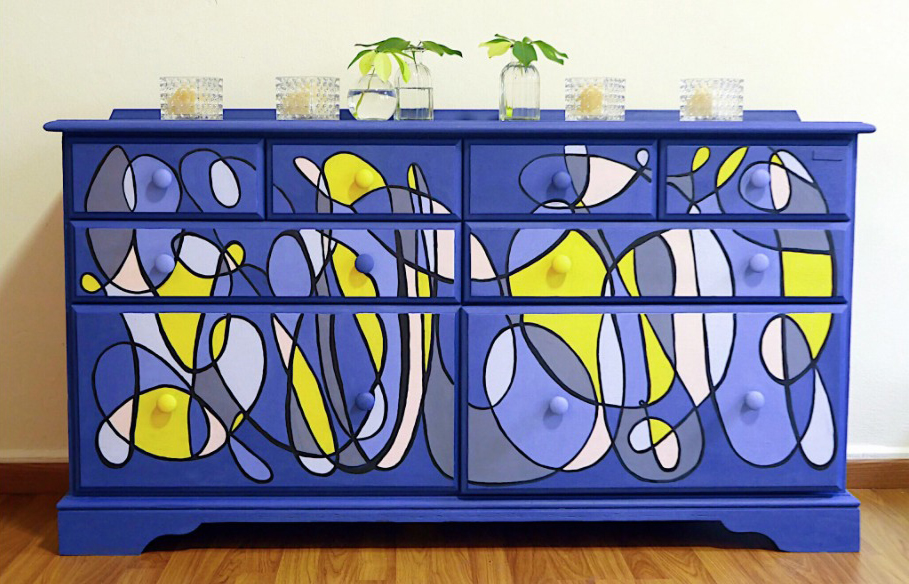
Image courtesy of Big Blue Trunk
Change the legs
Changing the legs of your furniture is even easier than painting it. Table legs, for instance, are usually attached using either screws, wood glue, or both, and so are simple enough to remove using a screwdriver and/or a saw. To make things easy for yourself, buy new table legs that come with pre-drilled holes for screws. All you’ll have to do is screw them into the tabletop!
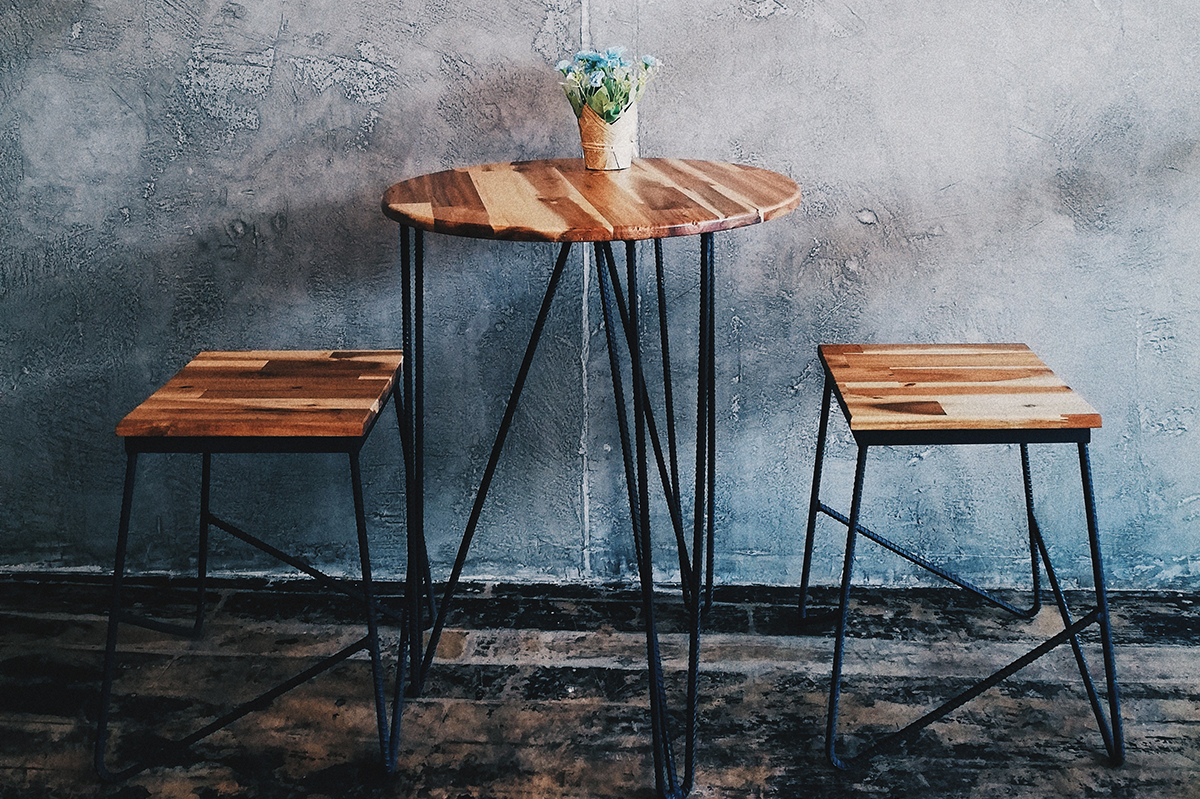
Image courtesy of Blank Space
Add new handles
Want to update your furniture on a smaller scale? Replacing old handles on drawers and cabinets takes minimal effort yet makes a big visual impact. Most drawer handles are basically just bolts held in place with a nut and featuring a pretty knob on the outside. The easiest way to find new handles in the right shape and size is to unscrew one of the original ones and bring it along when you shop for a new one. You may also want to get yourself a wrench to tighten the new bolt in place when the time comes.
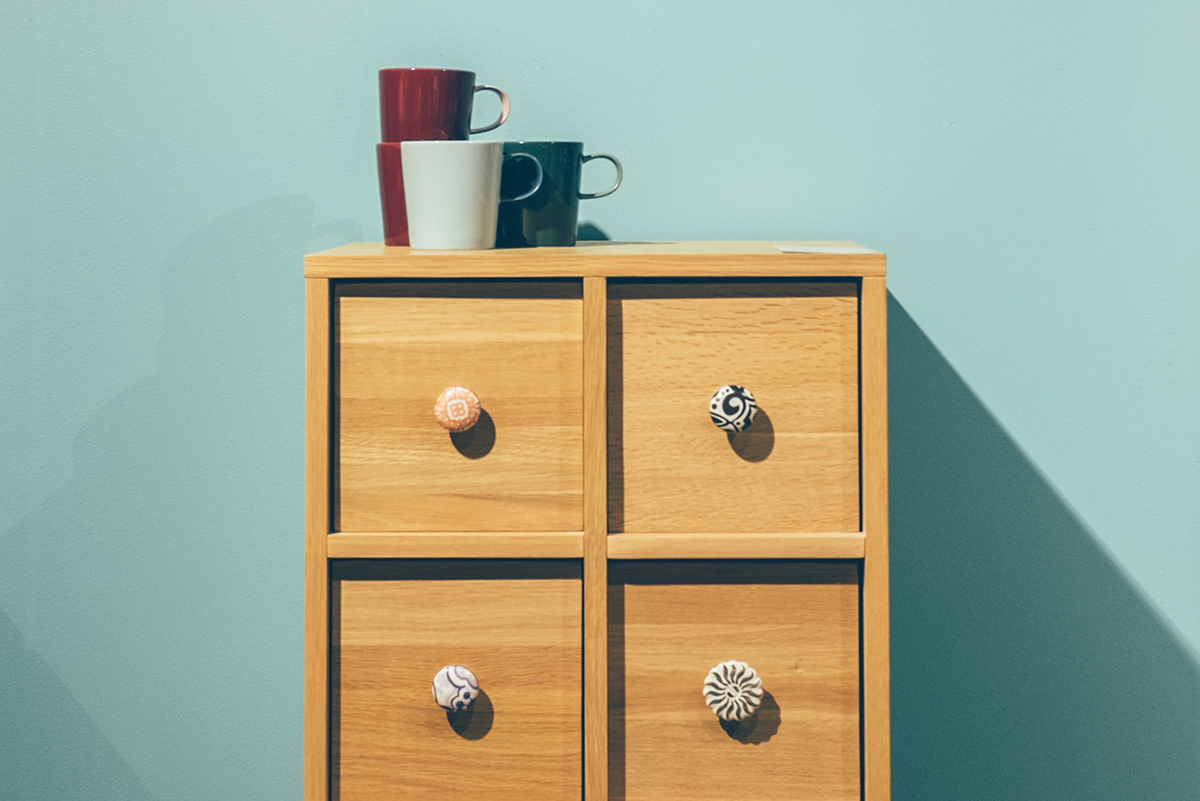
Image courtesy of Pixabay
Polish it
The easiest way to update your furniture is to give it a good polish. First, thoroughly clean the surface, then apply the polish. If your furniture is made of solid wood, mineral oil and beeswax are great finishing options that will make your wood look as good as new, with a natural yet sophisticated shine.
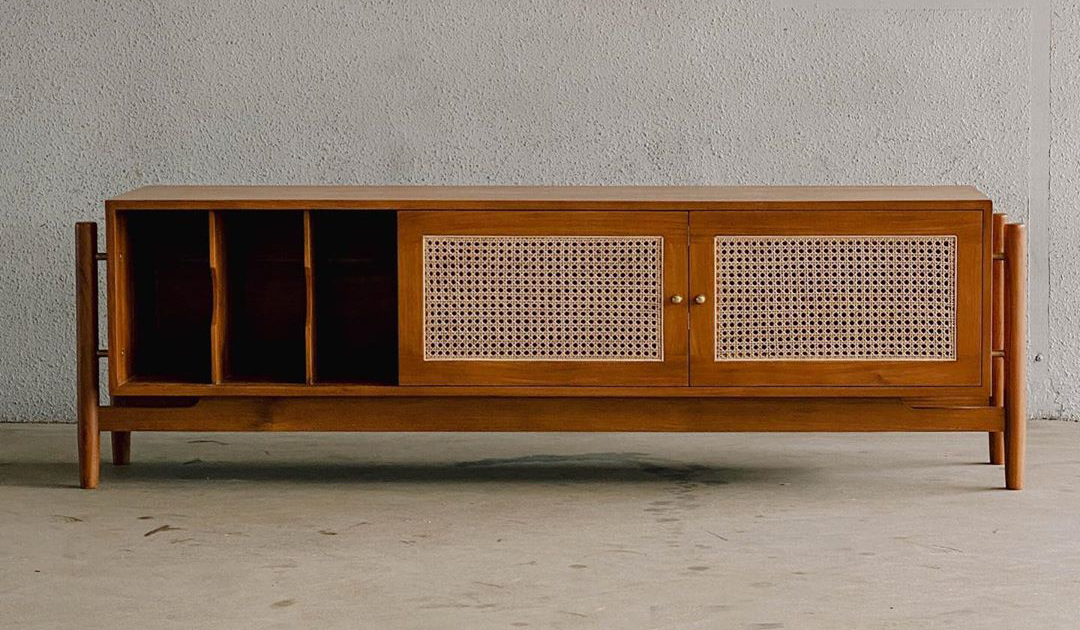
Image courtesy of Second Charm
Change the finish
If the polish is not doing quite enough to make your furniture look new and exciting, you can take things up a notch with a whole new finish. For this, you’ll have to first strip the old finish using sandpaper or chemical stripper, then seal the wood and choose your new finish. The most protective options are paint, stains, lacquer and varnishes, as they form a separate layer on top of the wood. If you wish to retain the natural look of the wood, opt for something more translucent (but less protective) instead, such as wood oil, polyurethane or wax.
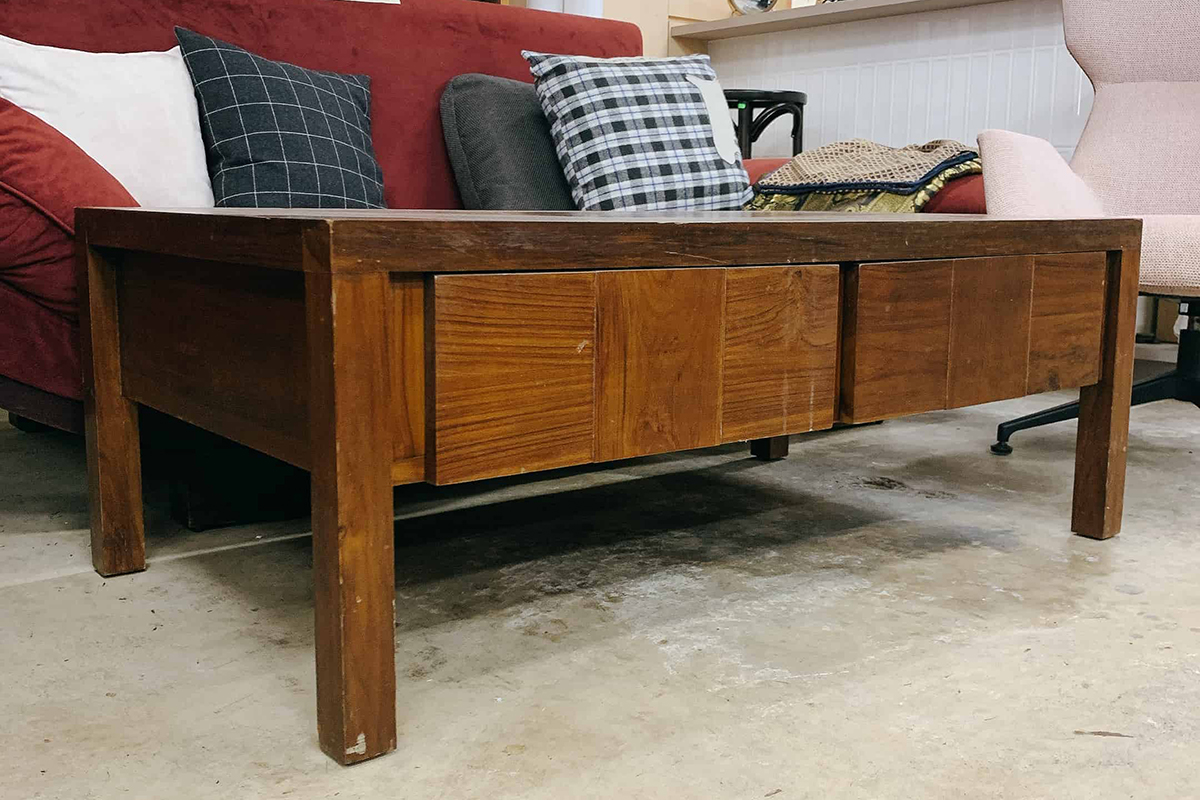
Image courtesy of Hock Siong



